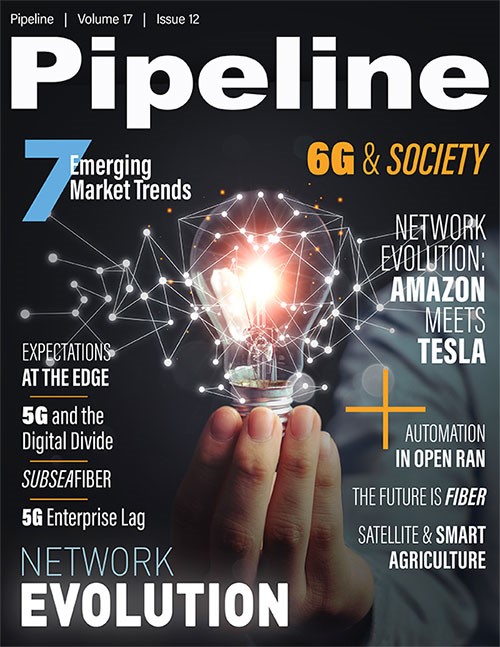Network evolution? Think Amazon meets Tesla!
A big part of the answer is massive automation driving a self-service model. You can book an airline ticket, select your seat, check in, and monitor flight status—all from your smartphone app. There is no need for human intervention.
Likewise, you can go to AWS, select a compute model, networking allocation, storage capacity, see the price, and charge it to your credit card. It’s cloud computing on demand, under user control. Now contrast these situations with the usual networking model of “hurry up and wait.”
It’s clear that the telco world needs to evolve. The telco world makes heavy use of automation, but much of it is internal. Users must be able to shop and compare prices online, and then order, modify and monitor their telco services without human intervention.
Fortunately, some of the technologies mentioned above can help. They are designed to support automated deployment, and they have standard control interfaces to connect into customer portals. Will today’s telco operators use these technologies to deliver a higher level of automation and user control?
What about trust?
I previously talked about post-quantum cryptography in the context of data security. But trust goes beyond securing data in transit. Let’s talk about trust between end users, telcos, and suppliers.
The old telco model was adversarial. Enterprises and telcos would beat up their suppliers on price and then buy a single-source product. Once entrenched, the supplier would then milk the customer for all they could get. Not a pretty sight. And even worse, there was no way to see how the traffic was processed and monitored.
Now everyone is taking a different view. Multi-vendor systems mean that the operator must collaborate with multiple suppliers. And those suppliers must cooperate with each other, even when they compete in other applications. Doing so requires a standardized architecture with open interfaces. This provides full transparency at every part of the system. What’s more, this approach ensures competition for the best features at the best price.
On the service side, innovation means that end users want customized services delivered in short order. Getting that means partnering with service providers and suppliers. Everyone must trust each other enough to work together.
Before concluding, let’s go back to the security of data. There is a push to remove some suppliers from the network based on suspicion of snooping on user data. How can customers know their data is secure? There are government approvals and certifications for sensitive applications, but they don’t cover the full range of networking equipment. This means that we need suppliers to be open and transparent so that they can build trust with the customer. Doing so may be uncomfortable for some suppliers, but it will be a requirement going forward.
Can we really emulate Amazon and Tesla in the network?
I think so. These juggernauts have shown how to apply technology and efficiency to drive cost and performance—and provide a high level of customer satisfaction at the same time. Applying those tenets to network evolution means stepping back to think hard about what we want to do and being willing to try new and different approaches. If we do this, we can drive network evolution to provide a faster, cheaper, and better version of what we have today.



















